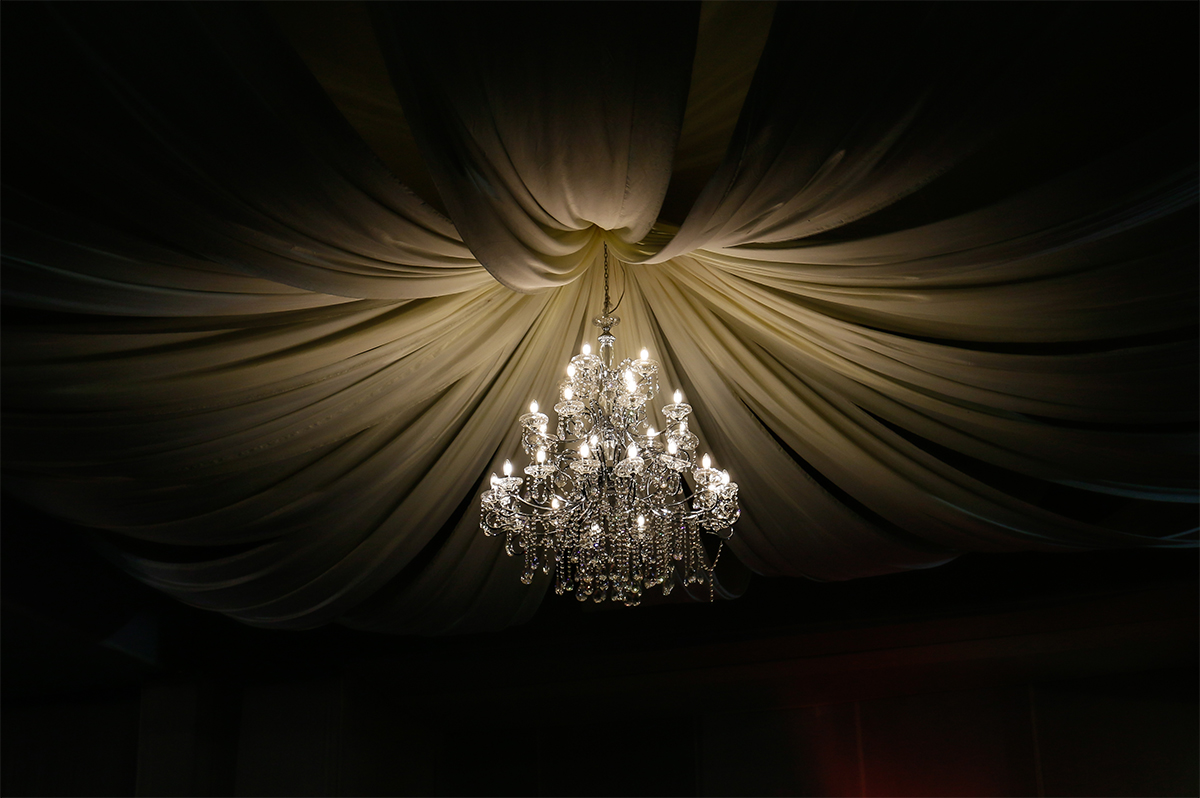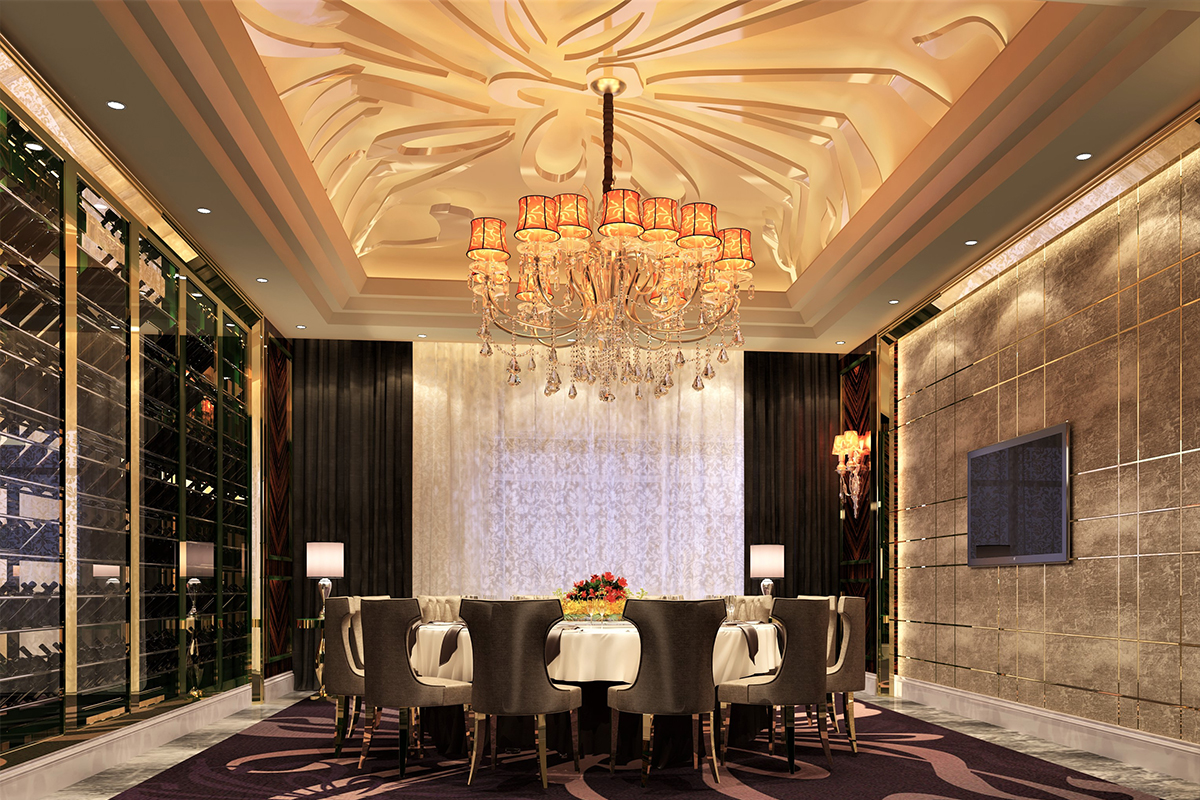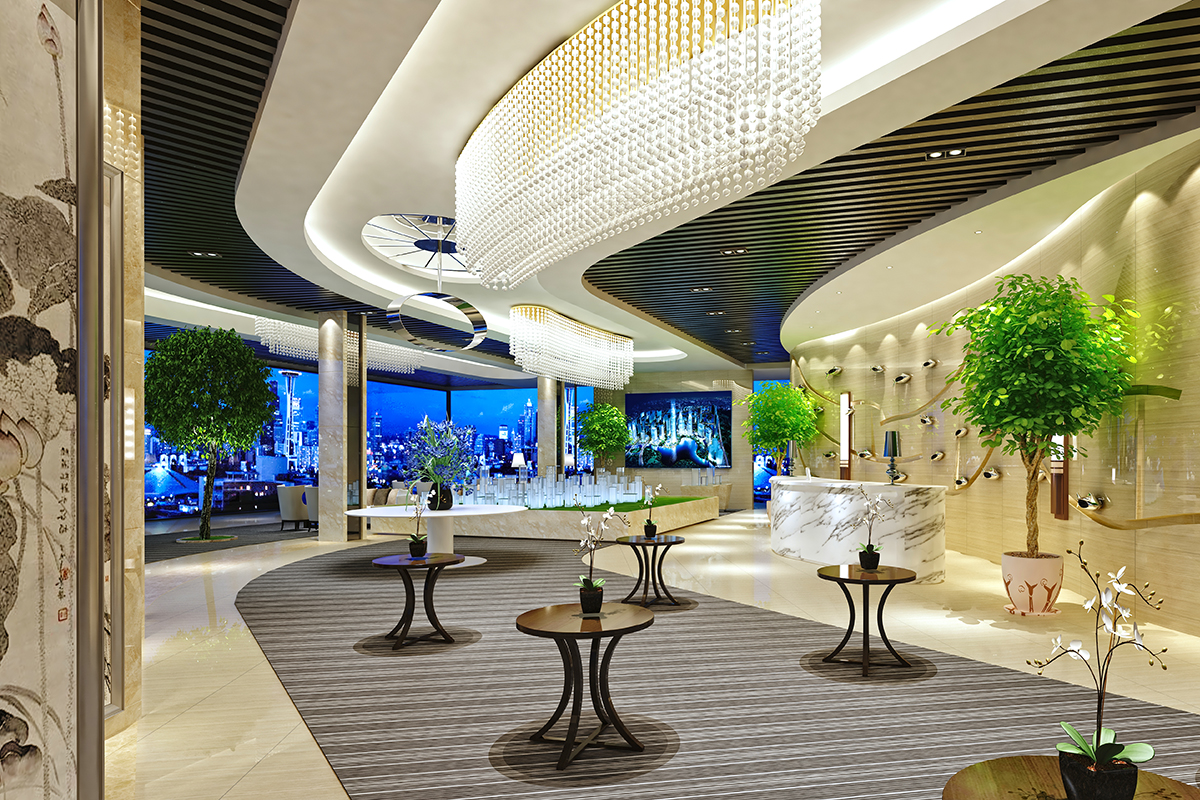Table of Contents Hide

A Showpiece of Decorative Sentiment
A crystal chandelier is a decorative light fixture that uses the fascinating light refracting and reflecting properties of crystals to create a visual sparkle for a room. Visually striking in any sized interior, crystal chandeliers make for a gorgeous centerpiece that invites radiance and intrigue into your favorite space. Whether you want to add some glamour, keep it traditional or go contemporary, the glittering pendant light is a true artwork of its own which is sure to inspire conversation and ignite the spirit of the space. Sculptural and graceful in form, this statement chandelier is an instant showstopper for dining areas, living rooms, bedrooms, and foyers in residential spaces. Its bejeweled splendor invites people into a world of wonder in the entrance halls, hotel lobbies, and grand rooms of hospitality facilities and commercial buildings.The Crystal Fascination
Celebrated by design aficionados the world over, crystal transcends fashions and trends with its breathtaking beauty. Exuding sparkle and glamour, crystal has turned into an essential element of creative expression. Crystal refers to glass that has a minimum lead oxide (PbO) content by weight of 24 percent. It is made by melting silica (sand) in a furnace heated to a very high temperature along with potash, lead oxide, and other ingredients. The addition of lead oxide in glass composition alters the chemical and physical properties of the glass. This glass modifier increases the refractive index, dispersion of light, light transmission efficiency, and density of the glass. The presence of lead oxide gives the glass a high refractive index (nd > 1.56) which allows crystal to shine with astonishing brilliance. High dispersion contributes to a highly visible spectrum of colors, which give crystal high refraction and reflection performance. The combination of optical properties (refractive index, Abbe number, dispersion) endows crystals with intriguing charm, flawless purity and superior optical performance.Not All Crystal Is Created Equal
We have known that glass with at least 24 percent lead content is called 'crystal', though it is not crystal at all in a scientific sense. Lead crystal refracts, reflects, and disperses light in a way that soda-lime glass simply can't. Very fine crystal may contain higher-than-standard lead content and looks more sparkling. In addition to lead content, technical knowhow, and the blowing, grinding and polishing processes, crystal quality varies according to a plethora of factors, including but not limited to raw materials, junctures of the facets, cutting precision, and surface coating. Just as the value of a diamond is graded on the 4 Cs system - Color, Clarity, Cut and Carat Weight, the value of a crystal can be determined by a similar grading system:Cut
A crystal must be faceted with geometrical precision to exploit the prismatic effect of the crystal to a maximum and bring out its full beauty. Only cutting with exact geometry and precise angles is capable of taking advantage of total light reflection within the faceted crystal to achieve exceptional brilliance.Clarity
Presence of cloudy spots, streaks, and bubbles distorts light reflection and affects light transmission, which means compromised visual appeal of a crystal. Only crystal with the highest level of purity and clarity can produce the stunning luminance. This requires the purest raw material, such as pure sand that contains only very little iron, and a tightly controlled production process.Color
High color intensity and fidelity independent of size and cut are also essential in light reflection and faithful spectral color delivery. Effects are applied to clear crystals as part of the finishing process. Colored crystal is permeated with a base color during the production process for complete color integration.Contour
Only perfectly shaped, flawlessly faceted crystal can deliver the visually striking allure and desired design aesthetics. This entails meticulous quality control in the production process.
Types of Crystal Glass
The form factors, artistic characters and optical performance of crystal can be quite different across the market. Aside from rock crystal which is naturally mined from the earth, different synthetic and mechanical processes yield a wide selection of crystal products, each with a unique capacity to capture and to reflect light. Here's a round up of different types of crystal available on the market. The concern of lead leaching drives crystal manufacturers to develop lead-free compositions. Lead-free glass products that characterically emulate lead glass also fall into the crystal category.Swarovski crystals (Swarovski elements)
Manufactured by Swarovski AG in Wattens, Austria, the Swarovski Elements range of extraordinary precision-cut crystal provide a fabulous palette of inspiration for designers in the lighting industry. The crystal is fired using a combination of natural minerals and quartz sand, and then cooled in a controlled flow to avoid stress and inclusions. The absolute precision of the grinding and polishing processes ensures its incomparable brilliance. Vacuum-coating processes are used on the surface of a crystal to create a clear surface luster, with no stains, scratches or oily sheen.Spectra crystal
Spectra Crystal is a range of machine cut Swarovski crystal with above-average results regarding light reflection and brilliance while offering an excellent price-performance ratio. Spectra crystal is lead free and optically pure.Gemcut crystal (Egyptian / Moroccan)
Machine-cut crystal with a high lead oxide content and sharp faceting that creates a pleasing balance of internal reflections of light. Gemcut crystals offer brilliant clarity at industry standards, but not as optically pure as Swarovski crystals.Handcut crystal
Handcut crystals, including the Czech, Heritage, Regal, Crystalique and Turkish varieties, are crafted with traditional methods that use a two-stage cutting process to achieve the appealing prismatic effect. The crystal is first cut on an iron and then on a sandstone wheel, followed by polishing on a wood wheel with marble dust in it.Legacy crystal
Originated from the traditional glass-making region around Venice, Italy, Legacy Crystal is molded and fire-polished which create smooth, rounded edges. The crystal looks softer as it contains soda and lime instead of lead oxide. It is not as brilliant and shiny as cut crystal, but is a budget friendly option for the price-conscious customers.K9 crystal
K9 crystal is an optical borosilicate crown glass crystal produced by the China-based Knine Crystal Limited. It does not contain lead but is cut and polished to look like lead crystal. Glass composition: SiO2(69.13%), B2O3 (10.75%), BaO (3.07%), Na2O (10.40%), K2O (6.29%), As2O3 (0.36%). Optical properties: refractive index (1.51630), dispersion (0.00806), abbe number (64.06).Crystals for chandelier accents can be cut and polished into various pendalogues (prism shapes). Some common cuts of pendalogue include octagon, icicle, spear, rosette, square stone, Swedish drop, kite, hexagonal prism, baguette, finial, cut ball, and French (a highly detailed pear shape).





















